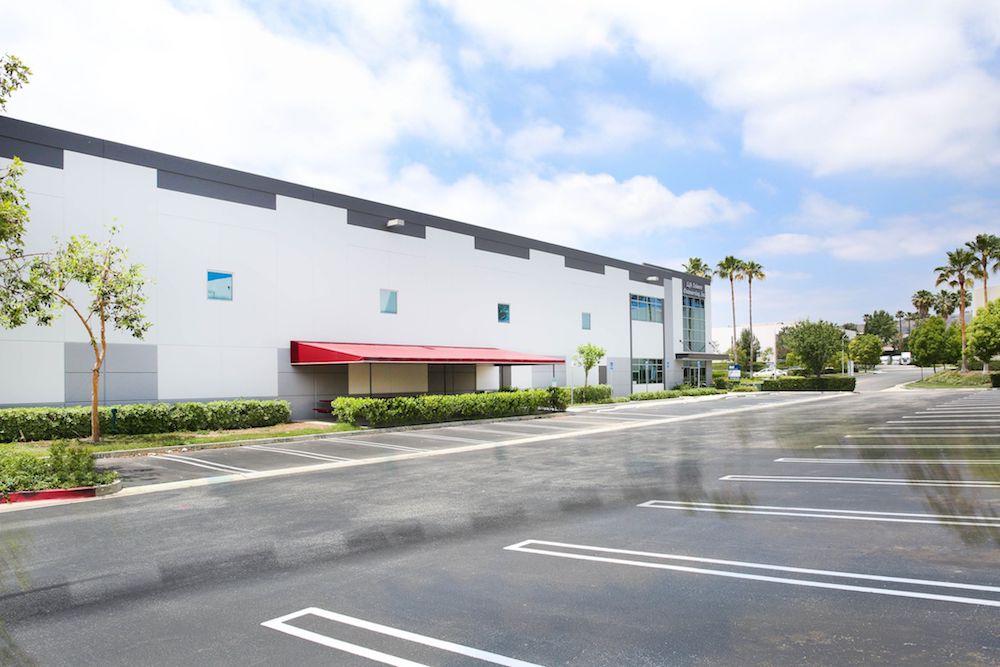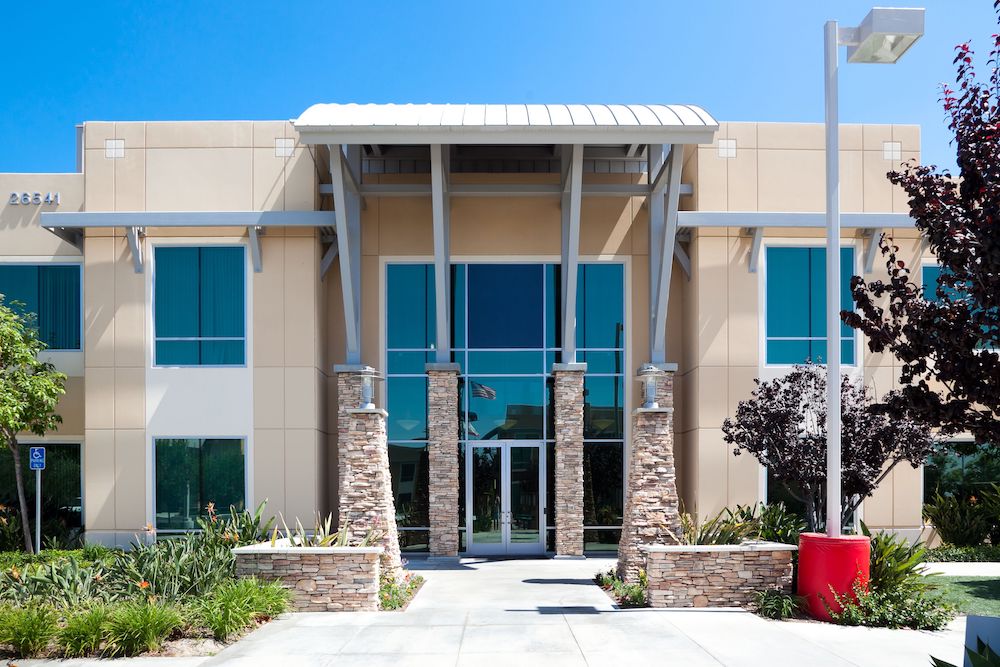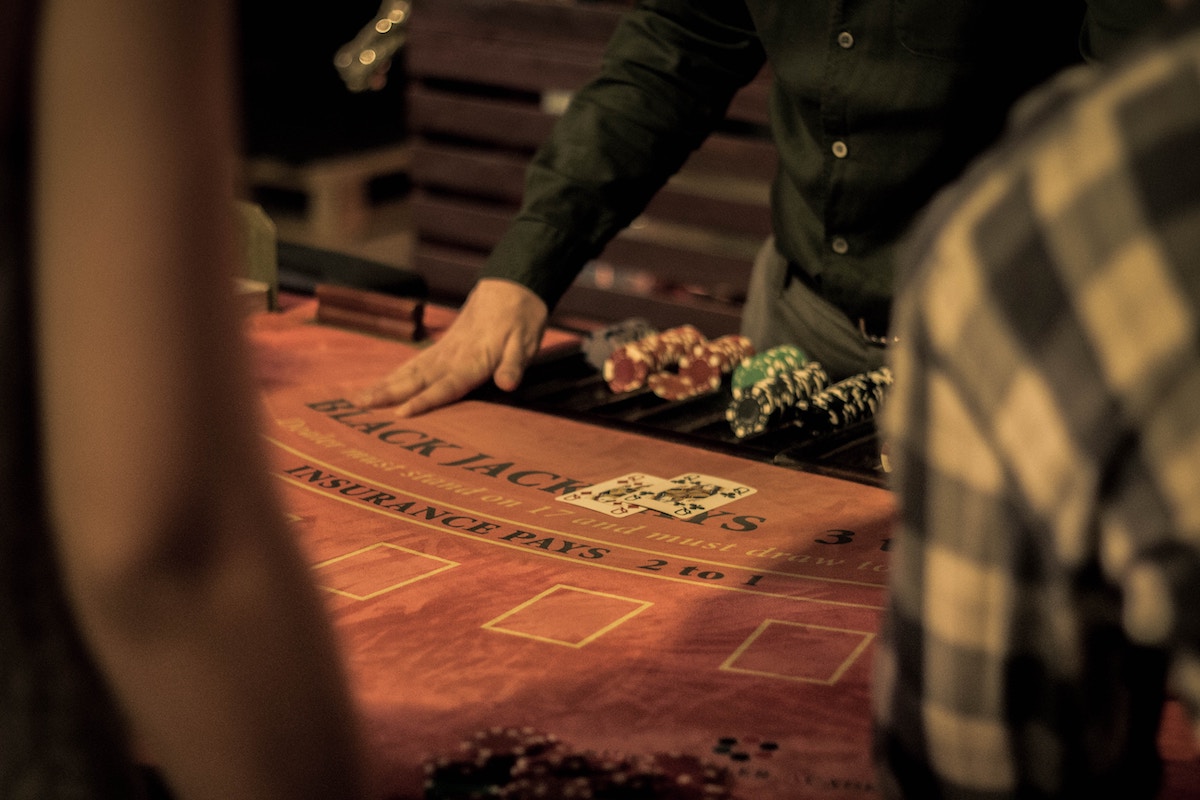Imagine yourself sitting down at a blackjack table in a big casino to play a few hands. You lay two benjamins on the table and the dealer slides eight chips across the felt because the table minimum is $25.
Not what you were looking for, but you sit down anyway. You place one chip in the circle and wait for your cards. You have 20 and hold against the dealer’s 9. Lady Luck is with you and you win the hand. The dealer sets another chip next to your bet. You decide to let it ride and stack your winnings on the original bet. You win another hand and now you have $100 in the circle. Throwing caution to the wind, you leave it all out there and, as luck would have it, you get a pair of jacks against the dealers 6. You win again after the dealer hits 16 and busts. Your stack of chips is up to 8 and you are starting to have some real fun.
You are also starting to wonder when the odds are going to catch up to you. But, you just can’t resist and leave it all out there again. The worst that can happen is you lose your original $25 stake, right? The dealer busts again and you now have $400, or 15 times your original bet in the circle and you just sat down three minutes ago.
What do you do next?

A savvy player who loves to gamble for hours at a time would probably pull some of his winnings and keep playing. The guy playing it safe would take a couple chips off the top, tip the dealer for losing, grab his stack and head for the cashier. Fun side note: if you were still feeling lucky and hung in for a 7th straight win, you’d have $3,200. But, being of sound mind, you decide to play it safe after the 4th hand and cash out, knowing that you have a great story to share with your buddies along with the satisfaction of beating the house at its own game.
What is the point of all this? This story is not unlike the situation you may be in regarding your owner/user industrial building. We know many building owners who paid as little as $100 per square foot for their property as recently as 2011 that is now worth $300-$400 per square foot today. Others paid as little as $50 per square foot if they bought in the 90’s. There are literally thousands of you owner users out there in this situation throughout the Southland. And, we are quite sure that none of you every thought your building would be worth $300-$400 per square foot in 2023. Yet that is probably the case depending on the attributes and limitations of the property you own. We say, good for you. You put your chip in the circle as so many others wish they had. You put yourself at risk, stayed in the game and you have quite the stack to walk away from the table with if that’s what you decide to do.
We use this hyperbolic example to make the point that over time the odds are likely to catch up to all of us if we stay in any game too long. Real estate values run in cycles, just like the odds in a card game, and they eventually catch up to the house and the player.

We just experienced the longest and steepest upcycle in real estate history, but it appears to be topping out. The run-up was driven by ridiculously low interest rates and painfully short supply of quality buildings to acquire. Pricing is now double the last market peak of 2008. But mortgage interest rates have also doubled in just the past year and that is chasing would-be buyers away from the table. The lack of supply is the only thing keeping prices near the peak. Yet, that too is beginning to change. Vacancy is moving up again and it is taking longer for properties to move, signs clear enough to us to sound the alarm to those of you who are staring a huge stack of chips still sitting in the circle.
Resistance to selling is usually tax driven. Just the idea of giving up roughly a third of a massive gain to Uncles’ Sam and Gavin is enough for most owners to put the brakes on the whole idea. But, that is not unlike the tip you give the dealer for being able to walk away a sure winner. If you are not inclined to tip the dealer, you can keep all the chips and exchange them for something else that produces good income while reducing your risk. There are lots of viable options to consider.

Chances are that you bought your building with a down payment of 10% to 20% of the purchase price. If that is the case, the return on that original investment is astronomical even if you cash out and pay your taxes today.
Your company covered the mortgage payments and the maintenance of the property since you bought it, expensing every penny. That’s what owner/user deals are all about. Everybody wins unless you stay in the game too long. We’ve all seen that guy who was on a roll early in the evening who is reaching into his wallet at 2AM, hoping to fight his way back to even.

Real estate values usually run in shorter cycles than the one we have just experienced. If you are nearing retirement age, does it really make sense to hold through the next one?
To some it might, as they plan to pass along their properties to their heirs at a step-up in basis. That is a great strategy for many property owners. But, for those who want to fund their retirement and enjoy their preferred lifestyle with the equity in their buildings, exiting their investments near a market peak is also a great strategy.
Your circumstances are unique and the direction you go is entirely up to you. We can help you sort through the real estate side of things while you consult with your other trusted advisors who can help you choose the right path. Just give us a call. We are here to help.


Leave a Reply
You must be logged in to post a comment.